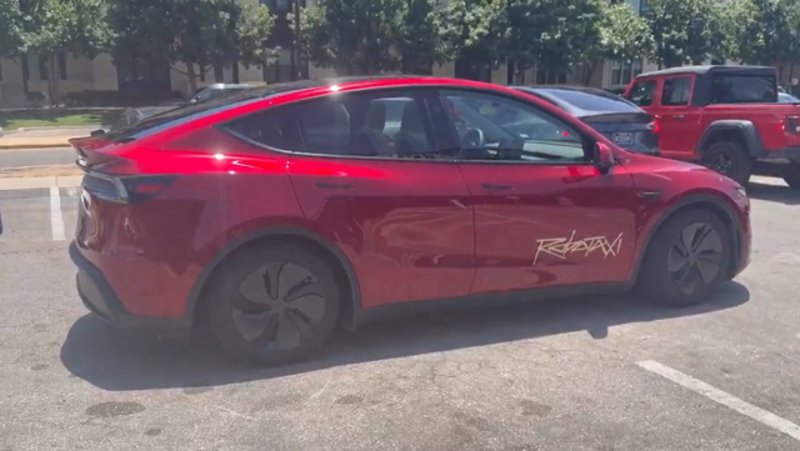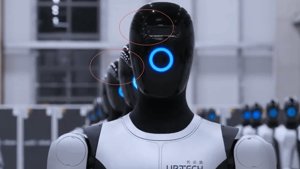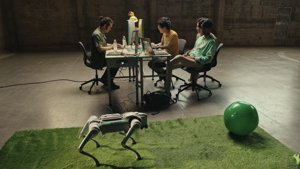Tesla’s Robotaxis Make Their Grand Debut in Austin, Texas
Tesla’s autonomous vehicles have officially started roaming the streets of Austin, Texas, marking a significant leap forward in the realm of self-driving technology. These driverless Model Y vehicles are now operating around the clock, ferrying invited passengers and showcasing their sophisticated AI-driven capabilities. It’s a genuine glimpse into the future of transportation—right in the heart of Texas.
This invitation-only service represents a crucial milestone in autonomous vehicle development. The striking red autonomous vehicles come with a safety attendant in the passenger seat, but notably lack traditional driving controls on that side—no steering wheel or pedals in sight. The entire operation relies on Tesla’s advanced Full Self-Driving (FSD) system.
Initial passengers have been enthusiastically documenting their experiences, with many offering favourable comparisons to competitors. One rider noted that compared to Waymo, the Tesla robotaxi delivered a more refined experience with steadier steering and fewer instances of unnecessary braking. The difference appears quite substantial in real-world conditions.
These autonomous taxis aren’t just performing well on straightforward routes—they’re successfully navigating complex urban challenges. From busy restaurant drive-throughs to unpredictable pedestrian behaviours, Tesla’s AI system is demonstrating remarkable adaptability. One passenger reported an entirely seamless journey to In-N-Out Burger, suggesting the system can handle even the most quintessential American driving experiences.
Looking to the future, Tesla has outlined plans to expand this service, potentially enabling Tesla owners to contribute their vehicles to the robotaxi network. This could transform privately-owned Teslas into revenue-generating assets during idle periods—effectively creating a distributed autonomous fleet powered by individual ownership.
As these distinctive red Model Y robotaxis become an increasingly common sight around Austin, one thing becomes abundantly clear: autonomous, electric transportation isn’t just a theoretical concept anymore—it’s actively navigating Texas streets. The future has arrived, and it drives itself.






